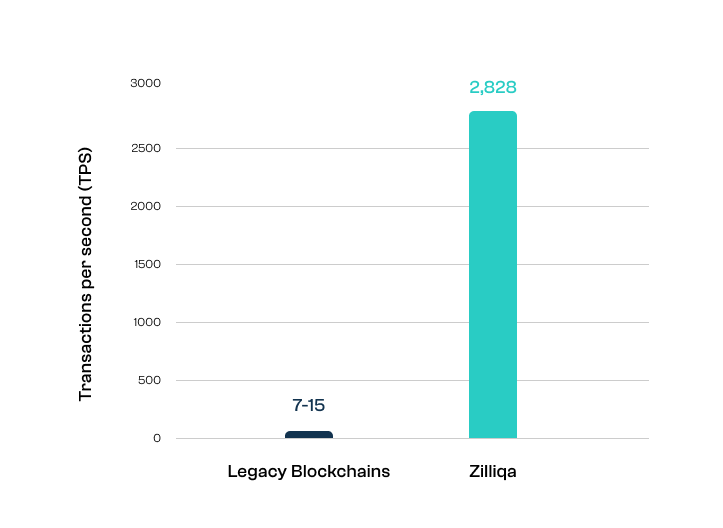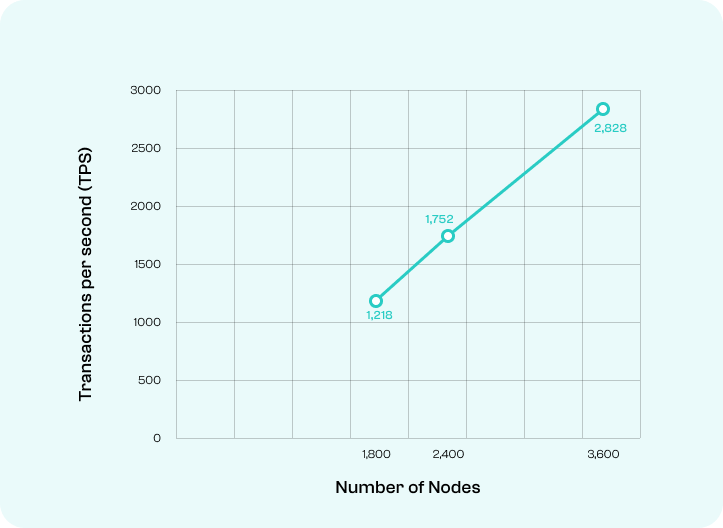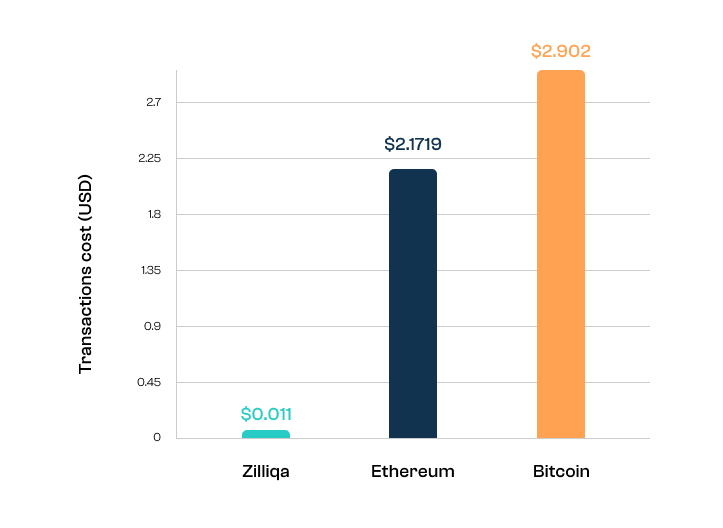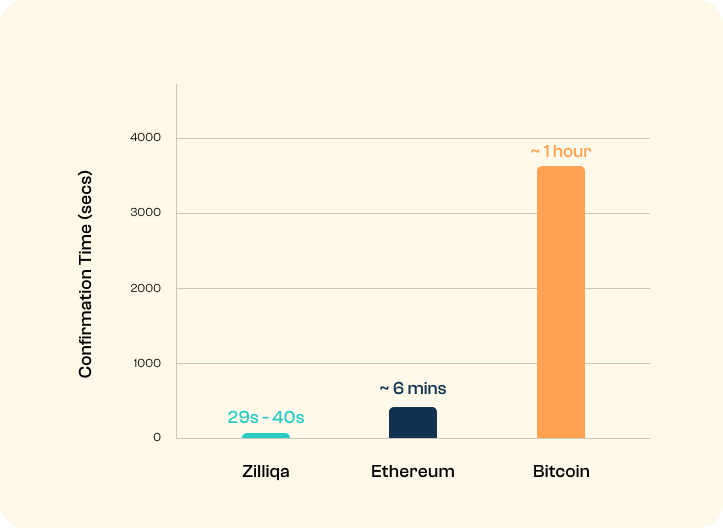The Zilliqa
platform

The world's first
sharded blockchain
Zilliqa changed blockchain forever when we launched our sharding mechanism in 2018.
It created a new model for blockchain scalability and has become the foundational building block for sharding technology.
Zilliqa solves blockchain scalability issues using its unique sharding technique, allowing it to scale linearly as the network grows. Its ability to handle a large volume of transactions makes it ideal for businesses and dApps that require high throughput.
Zilliqa is powered by Scilla's peer-reviewed and safe-by-design smart contract language, addressing security vulnerabilities prevalent in other contract languages.
Zilliqa network consists of 2,400 nodes distributed across four shards. Each transaction received by the network gets validated by a shard with 600 nodes, making Zilliqa one of the largest networks in the world.
The Zilliqa story
Zilliqa was launched in June 2017 to make blockchain technology scalable, sustainable, and secure.
Today, it's the first public blockchain to implement sharding on its mainnet, delivering high-performance growth for enterprises and dApps.

Supporting safe-by-design smart contracts
Smart contracts are irreversible agreements that handle and store billions of dollars worth of digital assets. That's why Zilliqa created Scilla, a safe-by-design language, which helps developers write smarter contracts, leading to an array of safer decentralised applications (dApps) on the network.
Curious about what sets our Layer 1 blockchain apart?
Pushing boundaries
With sharding at its core, Zilliqa's blockchain architecture maintains a critical balance between security, decentralisation, and scalability.
Additionally, our safe-by-design smart contract language, Scilla, and application-level security enable our users to scale quickly.


Scales with network size
Zilliqa can divide the network into multiple groups by implementing network sharding.
For example, if six shards (each with 600 nodes) process transactions individually, all the shards will collectively process around 2828 transactions per second.
Zilliqa's sharded network architecture also allows the platform's throughput to increase linearly as the network expands.
Low gas fees
Fees are high on legacy blockchains due to network congestion, transaction backlogs, and scalability issues.
Zilliqa's scaling ability means our fees are comparatively low and allow users to make micro-payments on the network.


One block is all it takes
Once the Zilliqa network processes a transaction - it's final. No confirmation is required, unlike on Bitcoin and Ethereum.